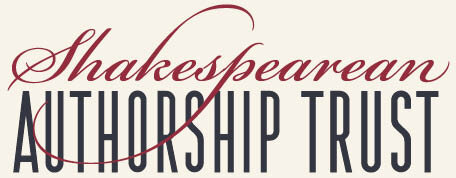Group Theory of Authorship
Collaboration in the writing of plays was not uncommon during the late fifteenth century and the early sixteenth century; e.g., the names of Francis Beaumont and John Fletcher appear as co-authors of a number of plays. Much research has been carried out into the language and content of the plays of the period that results in the assumption that many collaborations went unrecorded. The Shakespeare plays have also been analyzed in many ways, including stylistically, and it has been proposed that a number of these plays were authored by more than one person. It is therefore probably not surprising that there are group theories relating to the authorship of the Shakespeare plays.
Francis Bacon, Edward de Vere, Roger Manners, and Mary Sidney Herbert have all been considered as members of groups who authored the plays. In addition to these and other members of the aristocracy, professional playwrights of the day such as Christopher Marlowe, Robert Greene, and Thomas Nashe have been proposed as co-authors of the Shakespeare plays. Greene himself, for instance, refers to a “Shake-scene” other than that of the actor Shakspere in his A Groats-worth of Wit (1592) and implies that he and his fellow poets (“those Gentlemen . . . that spend their wits in making plays”) actually wrote the plays.
Links for further information
Wikipedia article overview of Shakespeare collaborations
For further understanding of collaboration amongst playwrights of the period: Collaboration in the Time of Shakespeare (pdf)
“The Radical Argument of the New Oxford Shakespeare,” a New Yorker article about the New Oxford edition of collaboration studies
The New Oxford Shakespeare: Authorship Companion, by Gary Taylor and Gabriel Egan on attribution studies and collaboration
Books for further information
Who Wrote Shakespeare?, by John Michell, 1996
The Shakespeare Enigma: Unravelling the Story of the Two Poets, by Peter Dawkins, 2004
Seven Shakespeares: A Discussion of the Evidence for Various Theories with Regard to Shakespeare’s Identity, by Gilbert Slater, 1931

